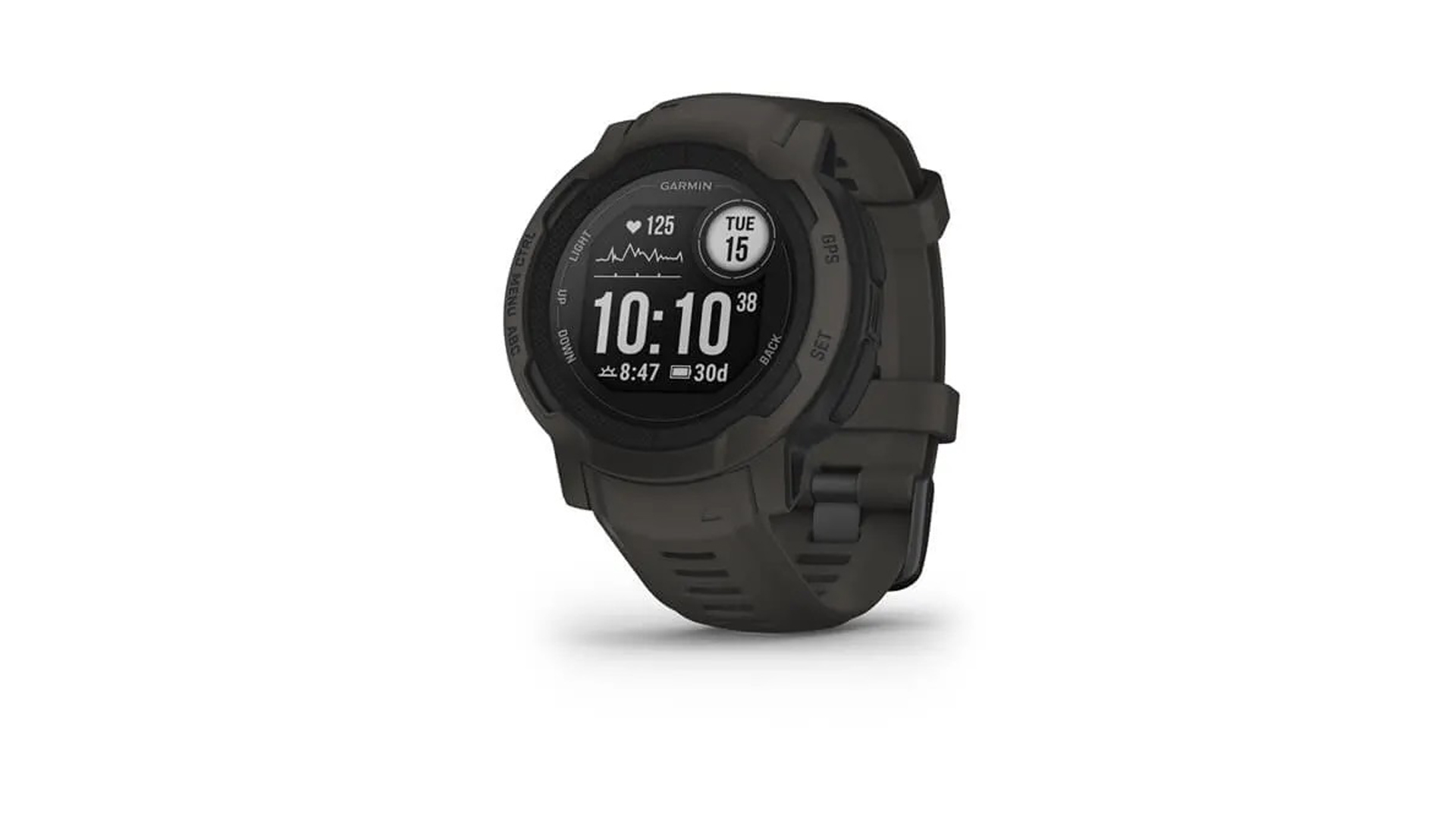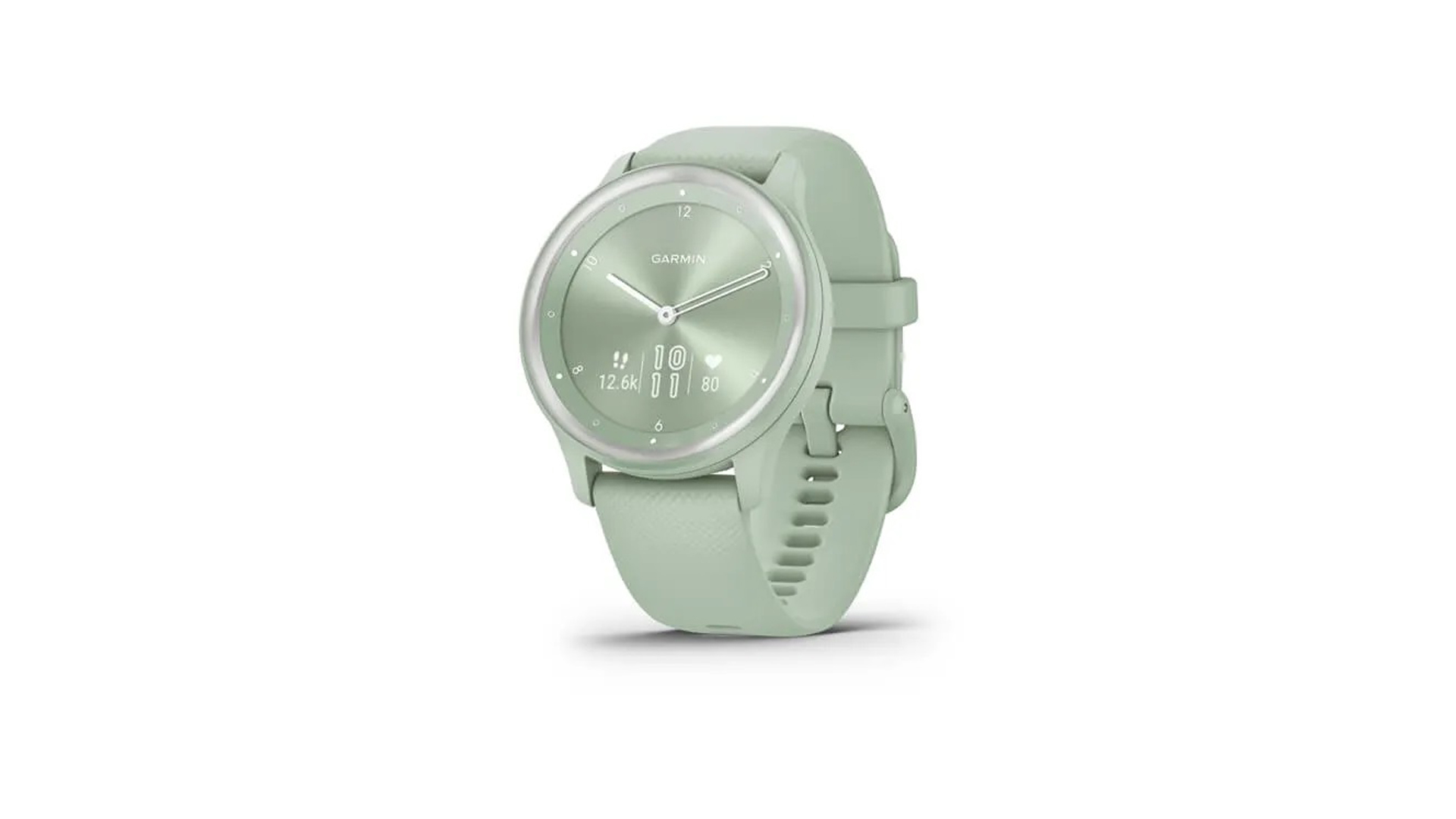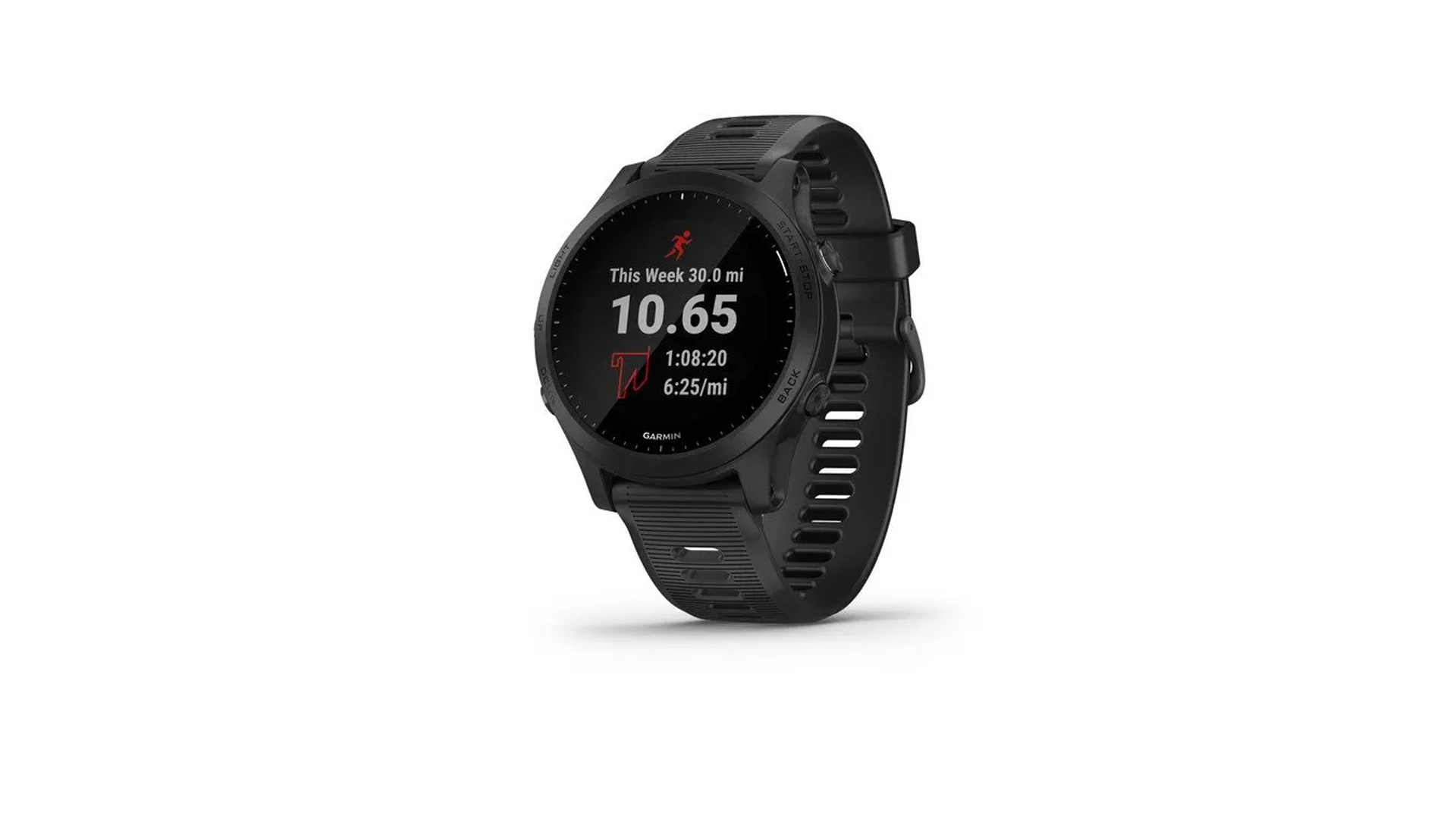Best Garmin watches | Live Science

Garmin is the original king of the fitness watch – and the best Garmin watches still lead the way in the world of wearables. If your fitness regime goes beyond the odd gym trip or 30-minute run, then these watches are a worthwhile investment.
There are many great fitness trackers to choose from, and you can get cheaper GPS watches (the Apple Watch 7 is a brilliant alternative), but the Garmin watch style is not replicated elsewhere.
At the higher end, Garmin watches such as the Fenix 7 provide excellent on-watch maps with no need for a phone connection. There are solar charging variants to bolster the already-excellent battery life and the software, on watch and phone, can’t be beaten for depth.
Lower-end Garmin watches offer different takes on the Garmin experience. Look to the Forerunner and Instinct ranges if you like the sound of flagship watches but can’t stomach the expense.
Garmin also makes “lifestyle” watches. Check out the Venu series for its most smartwatch-like wearables. They have bold OLED screens, tracking accuracy largely comparable with a Fenix 7 and a sharper look – in exchange for shorter, but still impressive, battery life and stats that don’t offer as much analytical depth.
In this round-up of the best Garmin watches we’ll look at all of these categories, as well as Garmin’s latest hybrid watch, the Garmin Vivomove Sport.
Best Garmin watches

The Fenix 7 isn’t Garmin’s most expensive watch but it is the mainstream flagship model. If you want the encapsulation of what a Garmin watch is, you probably want a Garmin Fenix 7.
What does it offer over cheaper Garmin fitness watches? It has excellent on-watch maps and enough internal storage for huge amounts of data. No mobile internet required.
The Fenix 7 gets the latest generation of Elevate heart rate tech, introduced in the Venu 2. We were impressed by how well it keeps up with changes in exertion, and how closely it tracks with our benchmark chest strap band.
A Fenix 7 also provides deeper connections to outboard kit than, say, an Instinct 2. It can control a smart turbo trainer, for example.
We found it heavy and bulky for comfy sleep tracking, but there are solutions within the range. The Garmin Fenix 7S is a smaller version, or you can upgrade to the standard-size Fenix 7 with a titanium casing and Sapphire glass. It’s noticeably lighter.
The main point to think about here is whether a Fenix 7 will be overkill. Unless you’re a fitness fiend you may be as happy with a Venu 2 Plus. And aside from maps and a couple of connectivity extras, the Instinct 2 may do the trick.

For more than five years, the original Garmin Epix was the watch to buy for hikers who needed on-watch maps. You can now get great maps in other watches, so the Epix 2 is best described as a Fenix 7 with a lovely OLED screen.
It’s sharper, bolder and more colourful, and this helps how those maps look on-screen, too. However, after a few weeks of living with the Epix 2, we appreciated its OLED screen most when at home. It makes the Garmin Epix 2 a flashier-looking, more smartwatch-like watch than the Fenix 7. All the main features are the same, though. You get great depth and heart-rate accuracy and GPS that is fast to connect.
Where’s the catch? The Garmin Epix 2 is pricey, starting much higher than the base Fenix 7. Were they priced the same the Epix would be sitting at the top of this list.
One final thing: an OLED screen means the Epix 2 doesn’t last as long as the Fenix 7 in its always-on mode, where the screen stays lit. It lasts around six days between charges, not the two weeks and change you’ll see from the Fenix. Some will find this off-putting, but we review full smartwatches that last a day or so regularly. In that context just under a week of use doesn’t seem remotely off-putting.

Garmin’s Venu 2 series of watches is among the most enjoyable to wear in the Garmin line-up. This is where Garmin experiments with its smartwatch-like design and features.
The Venu 2 Plus has a great OLED screen, is light (51g) and has a less nerdy appearance than that of a Fenix or Forerunner watch. If you want a watch that can work as an everyday fitness tracker and also has the chops to keep up with tracking long walks or runs a few times a week, the Venu 2 series is a perfect fit.
Garmin’s “Plus” version of the Venu 2 adds cumbersome digital assistant support, an integrated speaker and microphone. It looks slicker than the original Venu 2 as well. However, we advise you to look at the prices of the original and Plus versions. The original is not out of date in 2022 and we value the outer design changes more than the new features – the digital assistant support feels like a work-in-progress.
Either version has the same heart-rate hardware as Garmin’s most expensive watches, meaning it will record core stats similar to those of a Fenix 7. So where’s the real difference? The Garmin Venu 2 has a more laidback approach to data.
This means you don’t see suggested recovery times after workouts. VO2 Max fitness stats aren’t given the spotlight and there’s no “training load” feature, which is useful for managing a packed exercise schedule. A Garmin Instinct 2 may be better if you like the sound of these, but the OLED screen and more stylish appearance of the Venu 2 Plus are appealing for all those hours you spend not working out.

Our love affair with the Garmin Instinct 2 was a slow burner. At first glance we were not keen. It’s not much of a looker, the “dual screen” style and big surrounds appearing dated.
After each day of use we liked the Instinct 2 more though, and now we think it may be the best fallback for those who would love a Fenix 7 or Epix but can’t justify the expense. The Instinct 2 is a match for Garmin watches that cost twice as much in terms of heart-rate reliability and the experience you get when using GPS.
And while we may have turned our noses up at the little porthole screen at first glance, the visual coherence it brings – highlighting your heart rate – is low-key brilliance.
There’s also a solar charging version of the Instinct 2, and it’s the most effective one Garmin makes. The screen shape lets the solar panel take up a big chunk of the watch’s front. Garmin says it can let the battery last in perpetuity in its smartwatch mode – when you do no GPS tracking. We tested the watch in London so, obviously, the solar charging didn’t work out so well. But battery life is superb with or without solar, making it a true
low-upkeep powerhouse.
The Garmin Instinct 2 lacks on-watch maps and the interface, while similar, doesn’t look as refined as in higher-end Garmin watches. We also found long-sleeve running tops can slide under the heart rate sensor. But more people should give the Instinct 2 a chance rather than looking straight to the top-end Garmins.

The Garmin Vivomove Sport is a black sheep in the Garmin line-up. It’s not a full GPS watch. It’s not made for the fitness enthusiast and is not a good pairing for a marathon-training regime.
However, we still kinda love it. The Garmin Vivomove Sport is slight, light, and has mechanical arms that mean it looks like a regular analog watch for most of the day. But it’s more, too. The Garmin Vivomove Sport has a hidden OLED screen built into the bottom half of the watch face.
When you tap the display, the watch hands move out of the way so you can see the screen clearly, and Garmin fits a full interface in here. You can start workouts, review stats, control music played on a phone and see notifications piped through to the watch.
The Vivomove Sport has connected GPS: this means that while you need a phone to properly track runs, the Garmin Vivomove Sport can provide the basics of a dedicated runner’s watch, including post-workout maps. It uses Garmin’s last generation heart-rate array, but this is still good.
We’d recommend a Vivomove Sport for those who want an unobtrusive watch with fitness tracking that goes beyond counting steps, but perhaps not for the classic Garmin buyer who goes out to exercise all the time.
While the screen has automatic brightness adjustment, we didn’t find it clear during runs on sunny days. It’s no great surprise when the display sits under a slightly translucent top layer. Battery life of five days isn’t Garmin’s best either, although an hour’s tracked run should only take 5-6 per cent off the charge level. The Vivomove Sport’s small screen can only show one stat at a time.
We love that Garmin has crammed so much into what looks, on the surface, like a minimalist analog watch. Just make sure you’re ready for the compromises involved.

The Garmin Forerunner 945 is the oldest model in our best Garmin watches line-up, but that speaks to its enduring appeal as an all-rounder for the smart buyer.
The Garmin Forerunner 945 is a high-end watch, released in 2019, that has most of the key features of the Fenix series but costs less. The first money-saving cut is right there on the surface. This watch has a “polymer” plastic casing, rather than the metal bezel of the Fenix and Epix watches.
Its screen is smaller, too. There is a 1.2in MIP display, where the top Garmins fit a 1.3in screen into a watch of the same diameter. This means there’s more blank space around the Forerunner 945’s display, which may appear dated.
However, we think the Forerunner 945 is still a great buy, particularly if you find it selling at a good price online. This watch has – unlike the Instinct 2 – on-watch maps and Garmin’s real-time breadcrumb trail mode. You’ll want this for freestyle hikes and runs in areas you don’t know that well. It has on-watch music storage for playback through wireless headphones.
The Forerunner 945 also has Garmin’s advanced connectivity features, which unlocks the ability to control smart turbo trainers and Garmin’s Varia bike lights. You lose gloss here but under the surface you’ll find the Forerunner 945 can do a dizzying number of things — perfect for the tech fans and fitness nerds.
It does have Garmin’s last-generation heart-rate and GPS tech, though, which may put some off. To confuse matters, Garmin released a fresh LTE/4G version of the Forerunner 945 in late 2021 with the newer heart-rate array. However, it’s not available in all areas and pushes you well into Fenix 7 price territory, so is only for those who need mobile internet in their fitness watch.

mage credit: Garmin)
The Garmin Enduro has a single claim to fame: it has ridiculous battery life. It is able to last up to 50 days – or even longer if you live somewhere sunny, as there’s a solar charging element built into the screen.
That endurance carries on to the figures for GPS-tracked activities. It can last for up to 200 hours of low-power GPS tracking, or a still-massive 70 hours with one of the normal GPS modes. The best bit is the Enduro isn’t heavier than a standard Fenix 7. It has a larger diameter, 51mm, but weight plays a big part in the comfort of these watches.
Sounds perfect, right? It is not quite that simple. The Garmin Enduro is laser-focused on endurance, and does not have all the features you’d see in a Fenix 7 or Epix 2. On-watch maps is the most important absence and brings the watch’s raw capabilities closer to something like the Instinct 2.
Hikers and campers should pay attention to this. While the ultra-long battery may, and should, appeal, the Garmin Enduro is not going to be as useful for navigation as other watches at the price. It does provide a GPS breadcrumb trail mode, where you can see your route relayed on a blank map – but without the roads and other details provided by full mapping.








